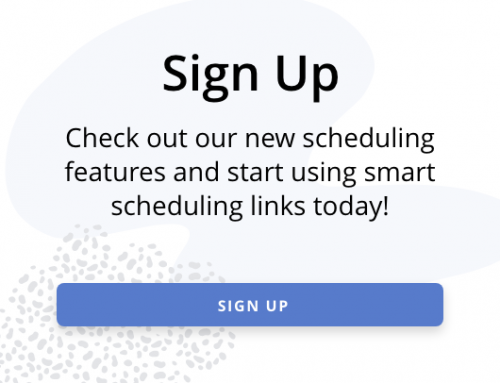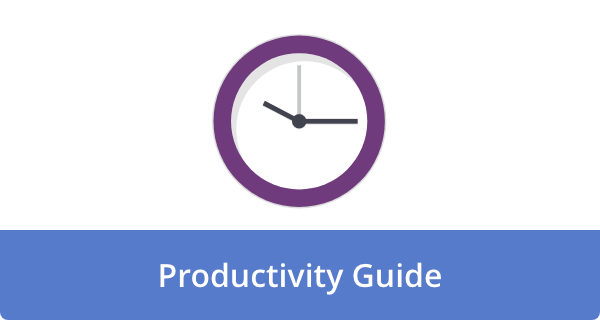

We’ve all been there—staring at an endless to-do list, feeling that knot in our stomach as we wonder how we’ll ever get through it all. The day has barely begun, and already we’re overwhelmed. After listening to productivity specialist Scott Friesen’s recent talk, I’m convinced his three-step method for managing daily tasks could be a game-changer for many of us struggling with task management.
Friesen’s approach is refreshingly simple yet psychologically powerful. Rather than trying to power through an unrealistic number of tasks, he suggests a method that works with our natural tendencies, rather than against them. As someone who has tried countless productivity systems, I find his practical, no-nonsense approach particularly appealing.
The Three-Step Formula That Actually Works
The beauty of Friesen’s system lies in its simplicity. It consists of just three steps:
- Shift it forward
- Tackle your enemy
- Separate the rest
Let’s break down why each step is so effective.
The first step—shifting tasks forward—addresses a common issue identified in work habits. We often load up our daily to-do lists with far more than we can reasonably accomplish. Friesen recommends limiting your daily tasks to 5-7 items, which aligns with research on human capacity for focused work.
What I find most helpful about this approach is that it’s not about abandoning tasks, but instead being realistic about what can be accomplished in a day. By moving some tasks to tomorrow or later in the week, we’re not failing—we’re planning strategically.
It can be depressing and despairing to get to the end of your day and still have too many things waiting for you at the end of your list.
This resonates deeply with me. How many times have I felt like a failure at 5 PM when I still had half my list untouched? By proactively curating my daily list, I can avoid that end-of-day disappointment.
Tackling Your Most Difficult Task First
The second step in Friesen’s method might be the most powerful: identifying and tackling your “enemy”—that task you’re most likely to put off until tomorrow if given the chance.
I’ve noticed in my own work that complex tasks create mental weight that drags down productivity throughout the day. Even when I’m working on other things, that challenging task lurks in the back of my mind, sapping my focus and energy.
Friesen suggests asking yourself: “What am I most likely to defer if it’s still on my list later in the afternoon?” This simple question cuts through the noise and helps identify what truly needs your attention first.
By highlighting this task (using stars, flags, or whatever your task manager offers), you make it impossible to ignore. More importantly, completing your most challenging task early creates momentum that carries through the rest of your day.
The Power of Separation
The final step—separating the rest—addresses another psychological reality: our tendency to gravitate toward easier tasks when faced with a list of options.
By filtering your view to show only your “enemy” task, you remove the temptation to cherry-pick easier items. This is something I’ve struggled with for years—the allure of crossing off three quick tasks instead of tackling the one that really matters.
What makes this approach different from other productivity methods I’ve tried is that it works with our psychology rather than against it. Instead of demanding superhuman focus, it simply removes the distractions that pull us off course.
The Psychological Reward System
Perhaps my favorite aspect of Friesen’s method is how it builds in psychological rewards. Once you’ve completed your curated list, you can start pulling tasks from tomorrow’s list, which Friesen describes as feeling like a bonus:
It almost feels like you’ve gotten to a new level as you’re accomplishing tasks that you actually didn’t intend on doing today.
This creates a positive feedback loop that reinforces good habits. Instead of ending each day feeling behind, you have the opportunity to end it feeling ahead.
After trying this approach for a week, I’ve noticed a significant difference in both my productivity and my stress levels. By being more intentional about what makes it onto my daily list and tackling complex tasks first, I’m accomplishing more meaningful work and feeling less overwhelmed in the process.
Productivity doesn’t have to be complicated. Sometimes the simplest approaches are the most effective. Friesen’s three-step method proves that managing our to-do lists doesn’t require complex systems—just a better understanding of how our minds work and a few strategic adjustments to our approach.
Frequently Asked Questions
Q: How many tasks should I aim to have on my daily to-do list?
According to Scott Friesen’s method, you should limit your daily tasks to about 5-7 items. This number is manageable for most people and helps prevent the feeling of being overwhelmed. Remember, you can always pull more tasks from your future lists if you complete everything.
Q: What if I have urgent tasks that come up during the day?
The beauty of this system is its flexibility. If truly urgent matters arise, you can add them to your daily list and potentially move other tasks forward. The key is maintaining a reasonable number of tasks for the day and being intentional about what stays on your immediate list.
Q: Why should I tackle the most difficult task first rather than the most important one?
Complex tasks create mental weight that can drain your energy throughout the day. By completing your most challenging task early, you free up mental space and build momentum. Often, the most challenging task is also among the most important, but even when it’s not, removing that psychological burden early can improve your overall productivity.
Q: How do I identify which tasks to “shift forward” to another day?
Look for tasks that have less urgency or importance relative to others on your list. Friesen suggests it’s often easier to identify the least important tasks than to determine the most important ones. Consider deadlines, dependencies (functions that others are waiting on), and the overall impact of each task when deciding which tasks to move forward with.
Q: Can this method work with any task management system?
Yes! While Friesen demonstrates the method using Google Tasks, the principles apply to any task manager. The key features you need are the ability to move tasks between different time periods (today, tomorrow, this week) and some way to highlight or filter your “enemy” task. Even a simple paper list can work if you organize it properly.











Angela Ruth
My name is Angela Ruth. I aim to help you learn how Calendar can help you manage your time, boost your productivity, and spend your days working on things that matter, both personally and professionally. Here's to improving all your calendars and becoming the person you are destined to become!